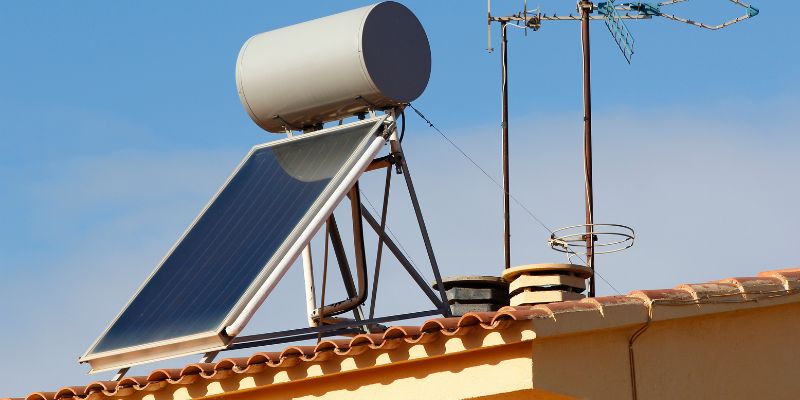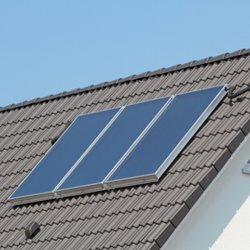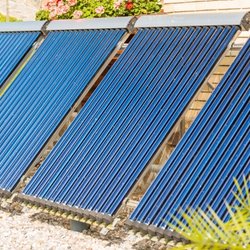A solar thermal system heats water for use in the home using the sun’s energy. A solar thermal panel simply absorbs heat from the sun using solar collector panels, which are how it operates.
From the collectors, the heated water or heat-transfer fluid is subsequently sent to your hot water cylinder. In this manner, a solar water heating system can offer free warm water to your residence.
Not to be confused with solar panels, which harness the power of the sun to produce electricity, are solar thermal panels. Solar thermals and solar panels are thus two quite different types of energy generation.
Solar energy offers many benefits, including lower energy costs, a smaller carbon impact, and little maintenance, which makes solar thermal a fantastic investment.
Simply fill out the non-binding form at the top of the page if you are interested in solar thermal panels, and we will save you time by providing you with up to 4 free quotes from the best experienced installers. Our assistance is entirely non-binding.
A solar thermal system requires a substantial initial expenditure. Therefore, it’s crucial to consider a few factors before making a purchase. You must remember these three things above anything else:
The sun is required as the primary energy source for solar thermal power generation. Therefore, the ideal location is someplace that receives the majority of the day’s direct sunshine. This can be on a roof area with a south to east to west orientation. Although a different location is still an option, the effectiveness of heating water will be reduced.
They don’t have to be installed on a roof, though. If it receives direct sunshine, other options include hanging from a wall or a flat roof.
Thankfully, the majority of traditional boilers work with solar water heating systems. A combination boiler without a hot water tank, however, is incompatible with your house.


